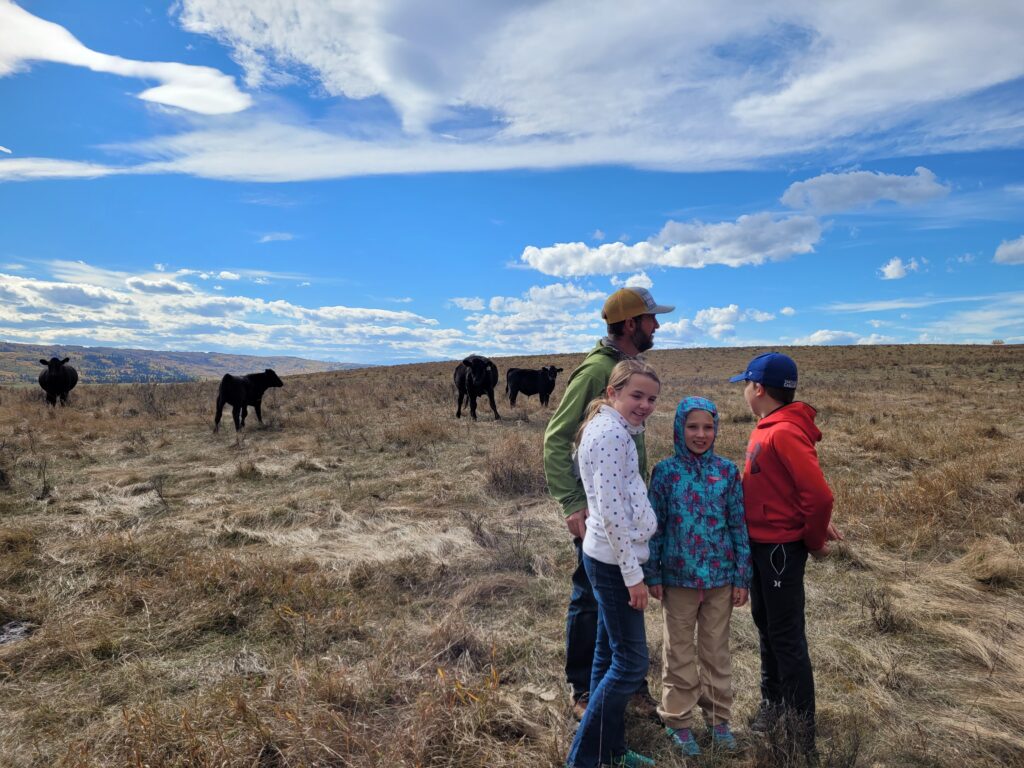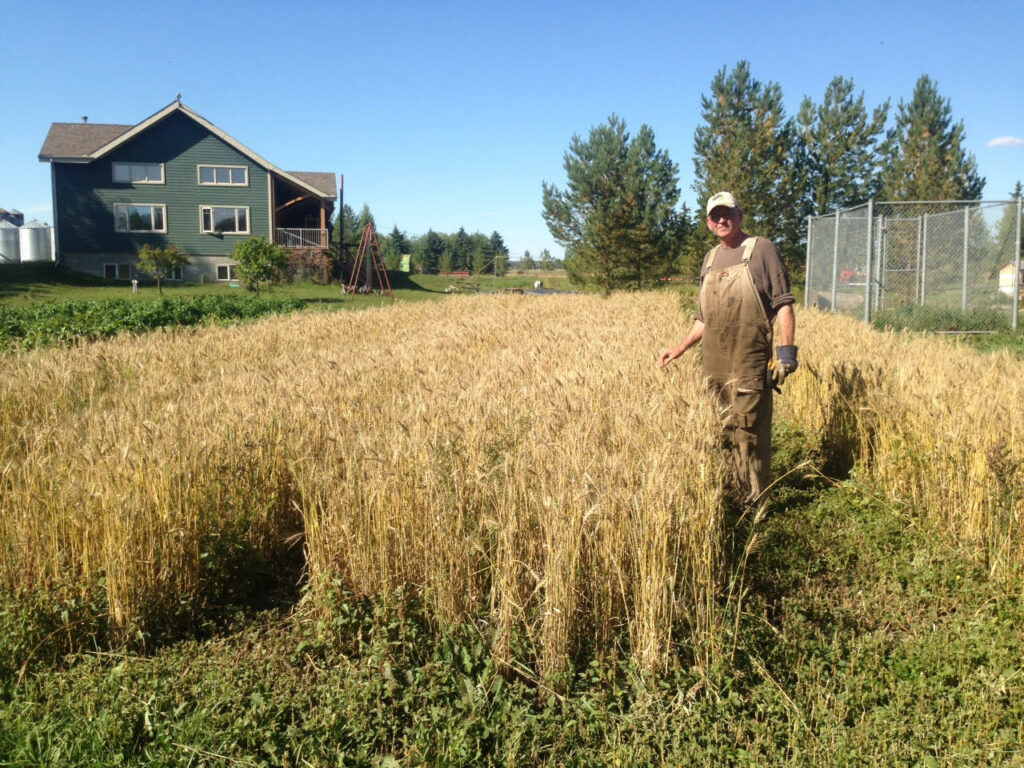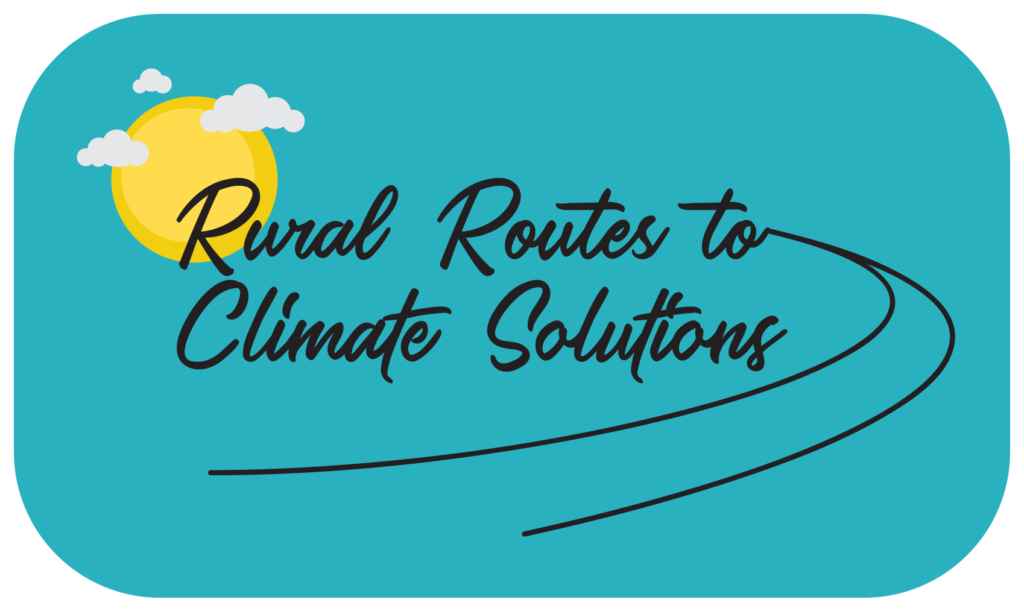Generating Resiliency on the Ranch in the Face of Drought—WR Grazing—Irricana, Alberta

Tim Wray grew up on his family’s cattle ranch in Irricana, a small town located 50 kilometres northeast of Calgary in southern Alberta. As a child, he always dreamed of following in his parent’s footsteps and one day becoming a farmer, but first he pursued post-secondary education and later studied at a seminary to become a pastor. His first parish was located in a small agricultural community, which put him back in touch with his childhood dream.
“I lived around farmland and was surrounded by farmers,” says Tim. “I was really in tune with the movement of the seasons and the farm cycle—and I enjoyed that.”
Biodiverse Organic Grain, Custom Grazing, and Plant Breeding for Seed Security – Midmore Farms, Sturgeon County

For Ward and Joanne Middleton, organic grain and oilseed farmers, planning for environmental and financial resiliency has become critical to adapting to extreme weather events on the farm. Over the past 27-years, the couple has managed Midmore Farms, an 850-acre certified organic farming operation, located northwest of Edmonton in Sturgeon County.
Today, Ward and Joanne are practicing with a wide variety of climate solutions, including intercropping to reduce soil tillage and integrating livestock on the land through custom grazing. They’re also investing in renewable energy technology and participating in seed saving initiatives. But these solutions haven’t happened overnight. Farming, says Ward, has been a dynamic, evolving process in observing interactions between soil, environment, climate, animal and plant vitality. “We’re always striving for continuous improvement,” he says. “There’s always room for improvement.”
